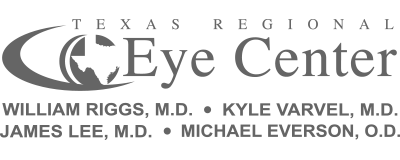[vc_row full_content_width=”row-inner-full” top=”0″ bottom=”0″][vc_column][vc_single_image image=”2934″ img_size=”full”][/vc_column][/vc_row][vc_row top=”0″ bottom=”0″][vc_column][vc_message message_box_color=”chino”]Return to the Multimedia Learning Center Menu[/vc_message][/vc_column][/vc_row][vc_row top=”10px” bottom=”10px”][vc_column][vc_heading title=”General Eye Conditions” color=”#593939″][/vc_column][/vc_row][vc_row top=”10px” bottom=”10px”][vc_column][vc_column_text]NEARSIGHTEDNESS (Myopia)
Nearsightedness occurs when your eye is too long in relation to the curvature of your cornea. With nearsightedness, near objects are seen more clearly than distant objects. LASIK is used to treat nearsightedness by using laser technology to remove some of the tissue from the center of the cornea, thus bringing things into clearer focus.
FARSIGHTEDNESS (Hyperopia)
Farsightedness occurs when your eye is too short in relation to the curvature of your cornea. With farsightedness, distant objects are seen more clearly than near objects. LASIK is used to treat farsightedness by using laser technology to remove tissue from the peripheral cornea, thus making the cornea steeper and bringing things into focus.
ASTIGMATISM
Astigmatism occurs when your cornea is shaped like a football. With astigmatism, more than one focal point within the eye distorts what you see. LASIK is used to treat astigmatism by removing more tissue in one direction than the other, thus making the cornea more basketball shaped.[/vc_column_text][/vc_column][/vc_row]

